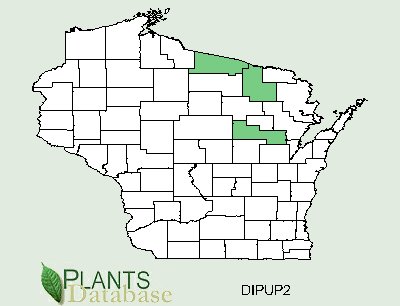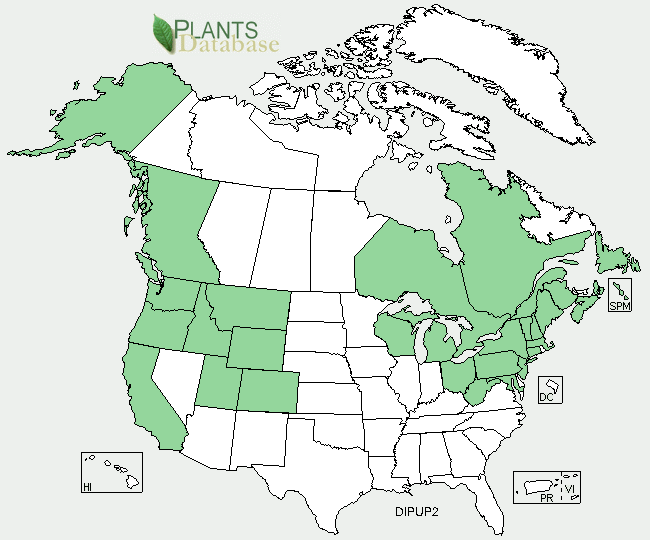Habitat
Foxglove plants are very easy to grow due to the fact that they can grow in several different conditions. For example, they can grow in sunny habitats or areas with shade. They can even grow in dry soil or moist soil. However, they thrive best in partially shaded areas with light dry soil that are nitrogen rich or areas that have recently been disturbed, for example by fires or woodland clearing.
Additionally, they can grow in a wide range
of temperatures, temperatures ranging as low as -25˚c.
Due do this toleration of cold temperatures, the foxglove
can easily colonize wild habitats like the temperate woodlands, open
woods, hedge banks, sea cliffs, dry hilly pastures, and rocky
mountain slopes, though they are commonly grown in gardens as well.
Other plants that grow well in the same gardens as foxgloves are
azaleas, primroses, ferns, and daylilies. Even though the foxglove is native to European
countries including Britain, Norway, and Spain, it can also be found
in parts of the United
 States of America and even some parts of
Canada. Lastly, the most interesting fact, I think, about the
habitat of foxgloves are that they have have adapted to acidic soil.
States of America and even some parts of
Canada. Lastly, the most interesting fact, I think, about the
habitat of foxgloves are that they have have adapted to acidic soil.
There are many other organisms that occupy these habitats with the foxglove, for example, several different insects and other plants. On one hand, the foxglove benefits from certain insects like bees that ate attracted to it due to its high nectar content. But, on the other hand, several insects due harm to the foxglove including aphids and the Japanese beetle. Additionally, there are other plants growing along side the foxglove. Foxgloves tend to stimulate the growth of the plants that are surrounding them, for example pine trees.
To find out more about the common foxglove and how they have adapted to Adaptaion.
